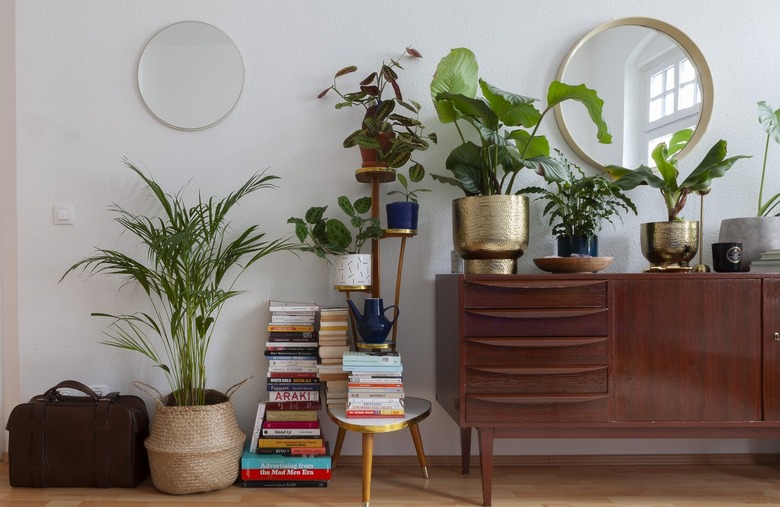How to Dehumidify a Room: Practical Tips for a Healthier Home

If you’ve ever noticed condensation on your windows, musty smells, or damp patches on walls, chances are your room has too much moisture in the air. High humidity can lead to mould, damage to furniture, and even worsen allergies. Knowing how to dehumidify a room is essential for keeping your home comfortable and healthy.
In this guide, we’ll explore the common causes of excess moisture, easy tricks to reduce it, and why a dehumidifier is one of the most reliable solutions.
Why Do Rooms Become Damp or Humid?
Before tackling the problem, it’s important to understand where excess moisture comes from. In UK homes, typical causes include:
-
Poor ventilation – keeping windows shut traps warm, moist air inside.
-
Cooking and showering – both activities generate steam, which lingers in the air.
-
Drying clothes indoors – wet laundry releases litres of water into a room.
-
Leaky windows, roofs, or pipes – water ingress raises humidity levels.
-
Seasonal weather – British winters often create condensation on cold walls and windows.
Identifying the source helps you choose the right solution for your space.
Simple Ways to Dehumidify a Room Without a Dehumidifier
Not ready to invest in a machine just yet? Here are some budget-friendly tricks that can make a difference:
1. Improve Airflow
Open windows when possible to let damp air escape. Use extractor fans in the kitchen and bathroom.
2. Absorb Moisture Naturally
Rock salt or silica gel packs can act as makeshift dehumidifiers in small spaces like cupboards.
3. Use Heat Wisely
Keep your home at a steady temperature. Sudden changes cause condensation on cold walls.
4. Dry Laundry Outdoors (If Possible)
Hanging clothes outside prevents litres of water from evaporating indoors.
5. Houseplants That Absorb Moisture
Certain plants, like peace lilies and Boston ferns, naturally reduce humidity while purifying the air.
Why a Dehumidifier is the Most Effective Solution
While the above tricks help, they often work best in small areas or short-term situations. For long-term relief, especially in the UK’s damp climate, a dehumidifier is the most reliable choice.
Benefits include:
-
Consistent humidity control – prevents mould growth and keeps your air healthy.
-
Protects furniture and electronics – reduces the risk of damp damage.
-
Healthier living – less moisture means fewer allergens and respiratory irritants.
-
Convenience – set it up and let it run, with little effort required.
Modern dehumidifiers are energy-efficient, quiet, and often come with handy features like automatic shut-off, digital displays, and continuous drainage options.
Comparison: DIY Methods vs Dehumidifier
| Method | Cost | Effectiveness | Best For | Downsides |
|---|---|---|---|---|
| Opening windows | Free | Low–Medium | Quick daily refresh | Weather-dependent, heat loss |
| Rock salt / moisture absorbers | Low | Low | Small cupboards or wardrobes | Needs regular replacement |
| Heating and ventilation | Medium | Medium | General home use | Higher energy bills |
| Houseplants | Low | Low–Medium | Decorative + small humidity help | Limited effect in larger rooms |
| Dehumidifier | Medium–High | High | Whole rooms and long-term use | Initial cost, needs electricity |
Final Thoughts
If you’re wondering how to dehumidify a room, the good news is that there are plenty of options. Small tricks like ventilation, natural absorbers, and even houseplants can help. But for the UK’s damp winters and persistent condensation problems, a dehumidifier remains the most effective solution.
By combining everyday habits with the right appliance, you can create a healthier, fresher, and more comfortable home.




Leave a comment